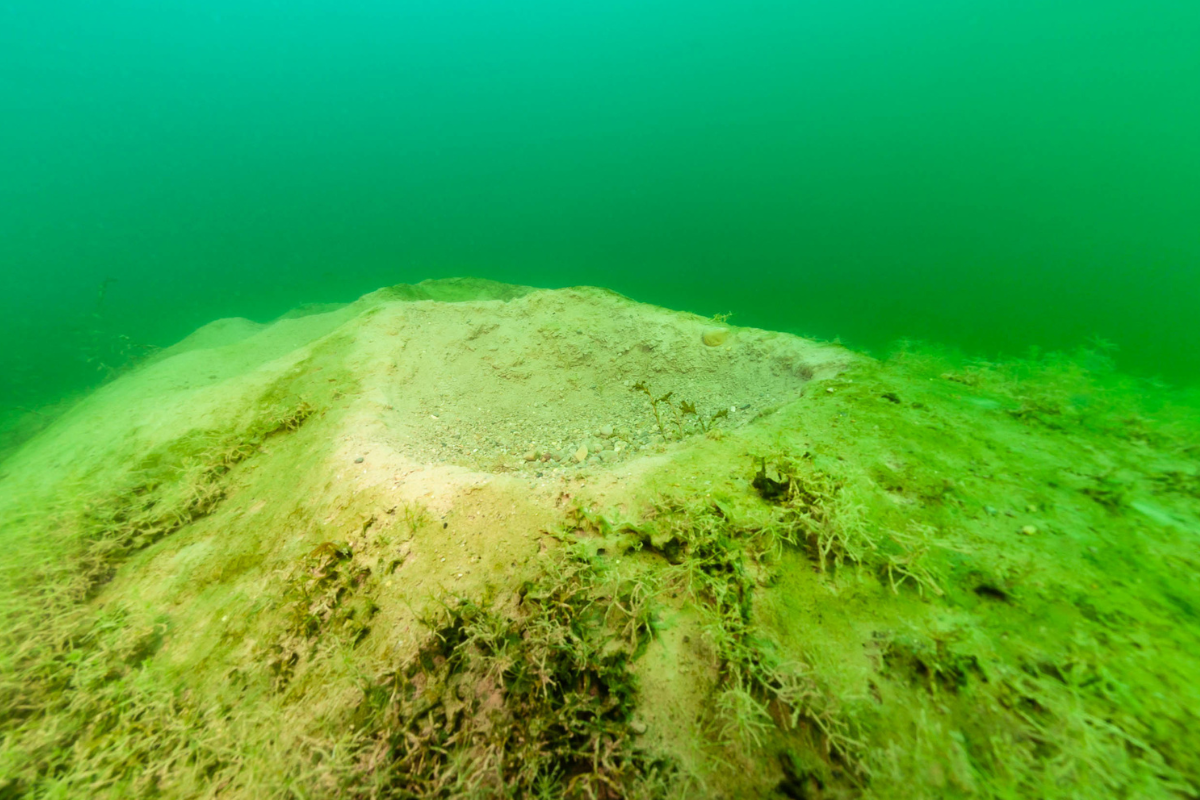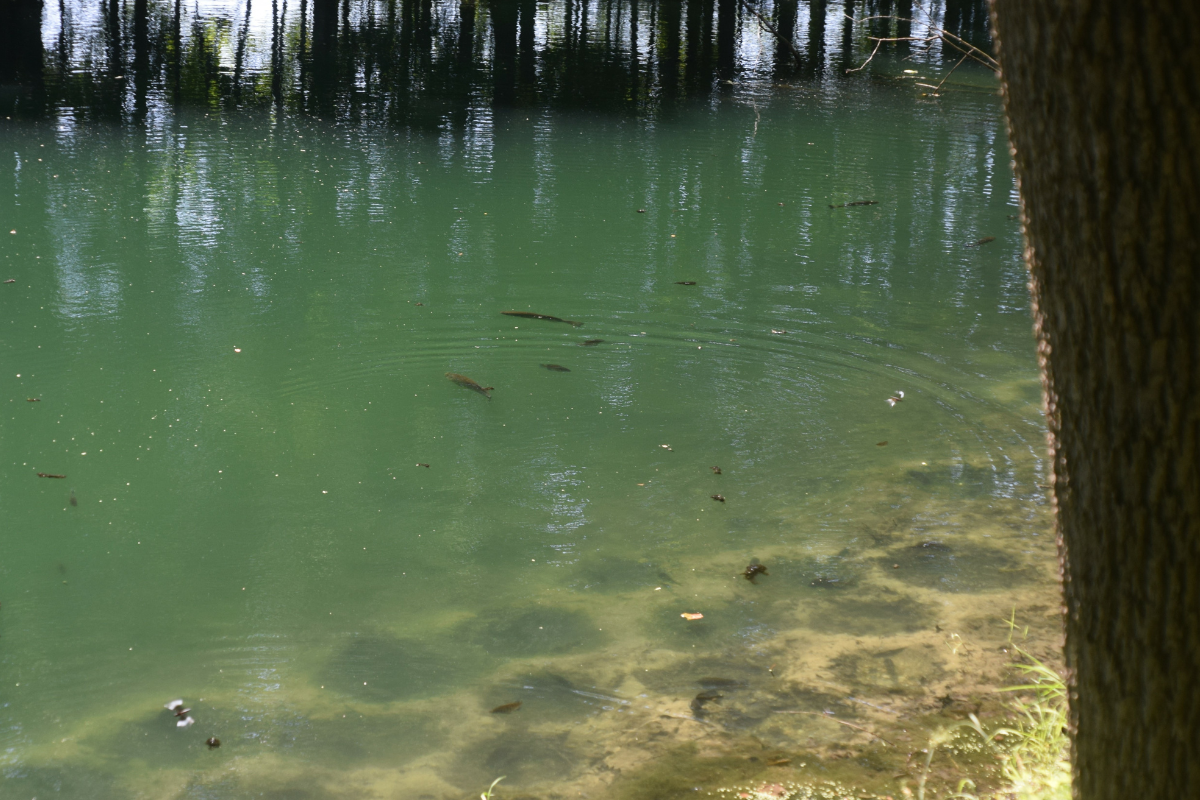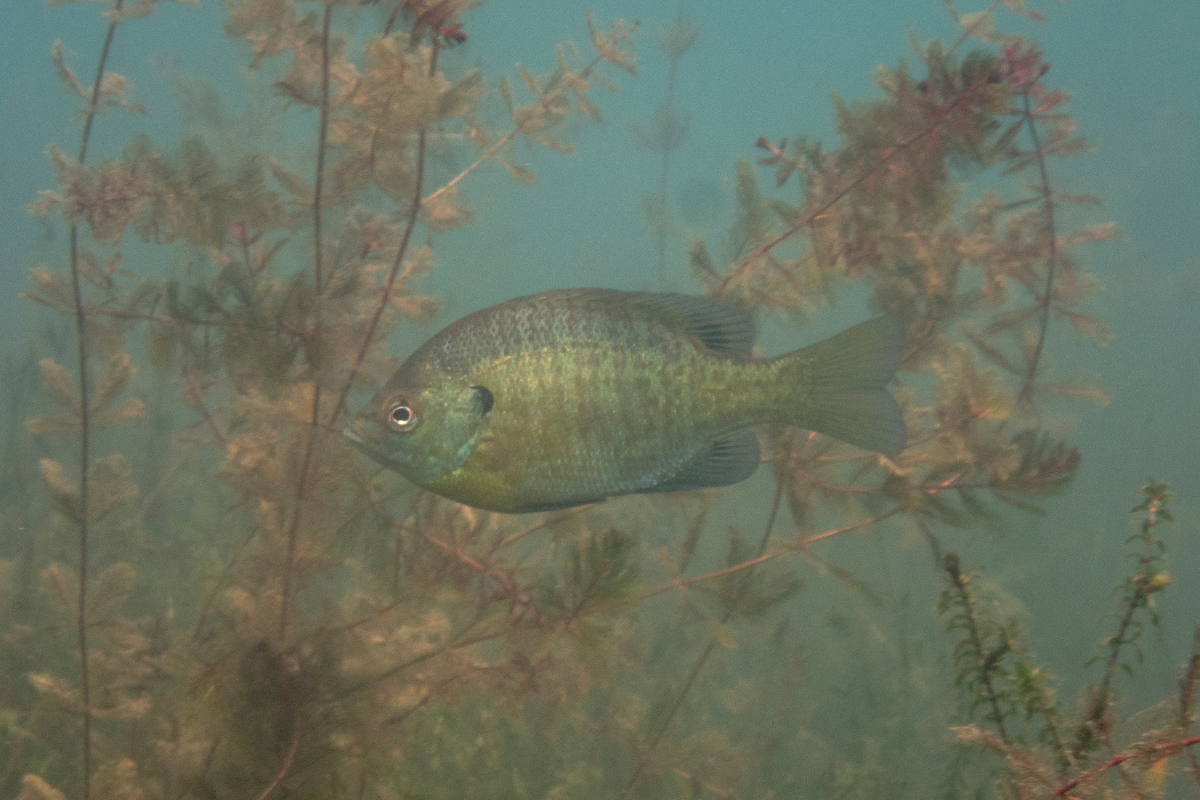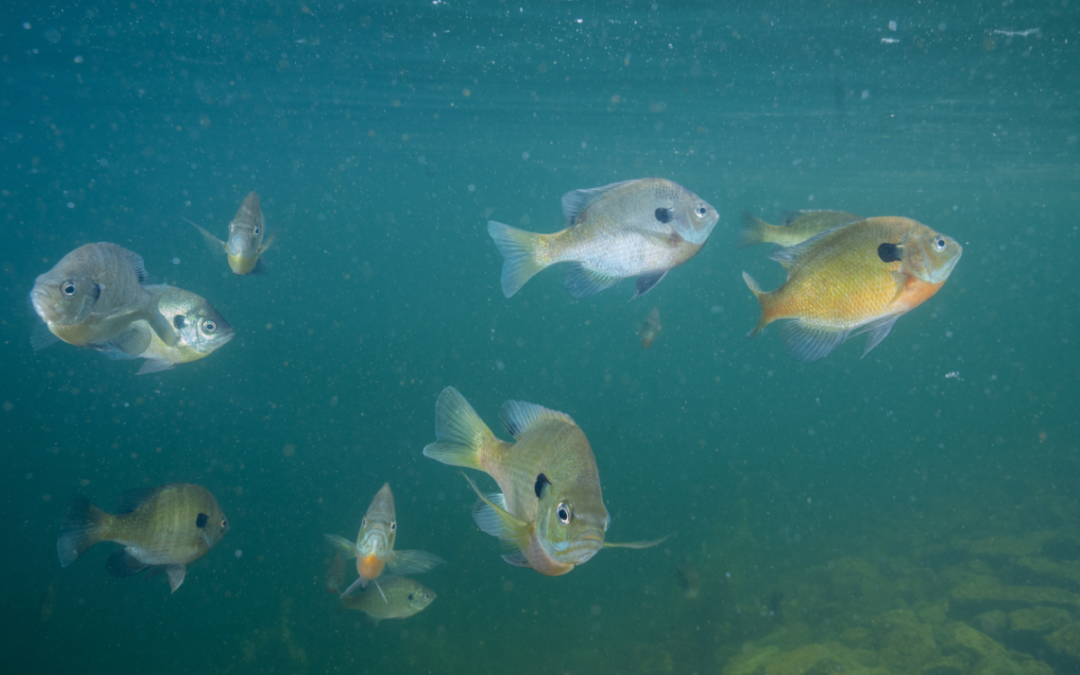Creating an ideal spawning habitat for bluegill (Lepomis macrochirus) is crucial for maintaining a vibrant and balanced pond or lake ecosystem. Bluegill are prolific spawners, and providing them with suitable environments to reproduce ensures a steady population of these valuable fish. Here are some of the best ways to create and enhance spawning habitats for bluegill, focusing on their specific needs during the breeding season.

Understanding Bluegill Spawning Behavior
Bluegill typically spawn in the late spring to early summer when water temperatures reach about 67 to 80 degrees Fahrenheit. Male bluegill build nests in shallow waters, usually 1 to 3 feet deep, by creating circular depressions in the substrate. These nests are often grouped together in colonies, which can contain dozens of individual nests. Understanding these behaviors is the first step in designing effective spawning habitats.
Selecting the Right Location
The location of the spawning habitat is critical. Bluegill prefer areas with calm, warm, and shallow water. The ideal sites are usually along the shoreline where there is minimal disturbance from strong currents or waves. These areas should have plenty of sunlight exposure, which helps maintain warm water temperatures necessary for spawning. Additionally, choosing locations away from heavy boat traffic or swimming areas can reduce disturbance and increase spawning success.
Substrate for Spawning Habitat
The substrate of the spawning area should be conducive to nest building. Bluegill prefer substrates composed of sand, gravel, or a mix of small pebbles. These materials allow males to easily create and maintain their nests. If the natural substrate of the pond or lake is not suitable, consider adding a layer of sand or gravel to the intended spawning area. This can be done by manually spreading the materials in shallow zones or by using a barge or similar equipment for larger applications.
Creating Underwater Structures
Adding underwater structures can enhance the spawning habitat by providing additional cover and protection for nesting bluegill. Brush piles, rock piles, and submerged logs offer shelter and can also attract other organisms that contribute to the food web. These structures help reduce predation on eggs and fry by offering hiding spots and increasing the complexity of the habitat. Ensure that these structures are placed in areas with appropriate substrate and water depth for spawning.

Managing Aquatic Vegetation
Aquatic vegetation plays a dual role in bluegill spawning habitats. While too much vegetation can choke out nesting areas and reduce water quality, the right amount and type of vegetation can provide essential cover and food sources. Native aquatic plants such as water lilies, coontail, and eelgrass can create a balanced environment that supports bluegill reproduction. Regularly monitoring and managing vegetation growth is crucial to maintain an optimal balance.
Maintaining Water Quality
Water quality is paramount for successful bluegill spawning. Ensure that the water is free from pollutants and that nutrient levels are balanced to prevent excessive algae growth. Algal blooms can deplete oxygen levels and create inhospitable conditions for bluegill. Regular water testing and management practices, such as aeration and the use of beneficial bacteria, can help maintain good water quality. Additionally, minimizing runoff from fertilizers and pesticides is essential to prevent nutrient overload.
Seasonal Habitat Enhancement
Consider implementing seasonal habitat enhancements to support bluegill during their spawning period. Temporary structures, such as spawning mats made of natural fibers, can provide additional nesting sites. These mats can be anchored in shallow areas and removed after the spawning season. Seasonal drawdowns of water levels can also be used to expose and prepare spawning beds, but this technique requires careful planning to avoid stressing the fish population.
Monitoring and Adjusting
Regular monitoring of the spawning habitat is essential to ensure its effectiveness. Observing bluegill behavior during the spawning season can provide insights into the success of the habitat enhancements. Adjustments may be necessary based on these observations. For instance, if nests are being abandoned due to predation or human disturbance, additional cover or relocating the habitat may be required.

Creating optimal spawning habitats for bluegill in ponds and lakes involves a combination of strategic location selection, providing suitable substrates, enhancing underwater structures, managing aquatic vegetation, and maintaining water quality. By understanding the specific needs of bluegill during their spawning period and implementing these practices, pond and lake managers can support robust bluegill populations and contribute to a healthy, balanced aquatic ecosystem. Regular monitoring and adjustments ensure that these habitats continue to meet the needs of bluegill, fostering a thriving environment for this important fish species.
Let Up Help with Your Pond!
If you’re in the south GA or north FL region and need help managing the bluegill populations in your pond, complete this form and we’ll contact you to schedule a time to meet. We’ll perform a comprehensive population survey of predators and prey. We’ll then compile that data and make recommendations going forward. We look forward to turning your pond into a productive fishery for years to come!

